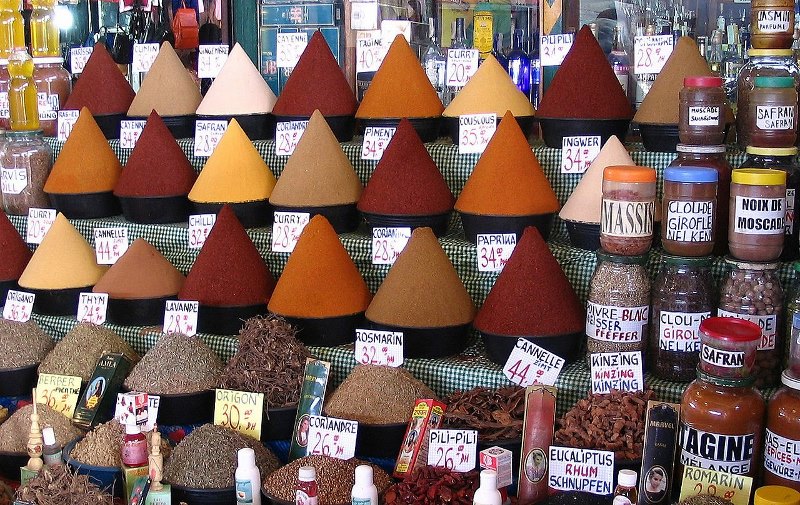We all like spices, they make food more interesting. So I imagine that we all, from time to time, find ourselves wondering where they come from and what they really are. I don’t just mean where, geographically, but also where, on the plants, do these spices originate. What are they really? What do they look like before we turn them into spices?
Part of the reason that find I spices so interesting is that there’s more to them than meets the eye. Many spices have antimicrobial properties, which is to say that they help to stop you getting diseases. How awesome is that?! There is even a an aspect of medicine built around this principle, known as antimicrobial chemotherapy, which is something that I’ll have to investigate in more depth, at a later date on my Cancer Dad site.
It is thought that these antimicrobial properties might explain the reason why spices are more often used in hotter climates. Places which have more infectious diseases. Places where meats spoil more easily. This, however, might be over-thinking things because these hotter climates are also where the majority of these spices grow…
So, I’ll only be looking at spices, in this post. I’ll look at herbs another time, because they’re pretty interesting too. Which, naturally, leads to the need to define the difference between a herb and a spice.
In culinary terms, a herb refers to, “the leaves, flowers, or stems of plants used for flavoring or as a garnish.”
A spice, on the other hand, “is a seed, fruit, root, bark, or other plant substance primarily used for flavoring, coloring or preserving food.”
I already know that saffron is going to wreck those definitions, because it’s a spice that comes from the flower of a plant. Perhaps it’d just be easier to work on the principle that herbs come from the leaves and spices from anywhere else. It’s not perfect, but it’s good enough for me.
While I’m sorting all this out, I’d like to state the obvious regarding salt. Despite being the most common seasoning for food, it is neither a herb or a spice. This is because it’s not part of a plant; it’s a mineral. Salt is, effectively, a glorified rock… Yummy!
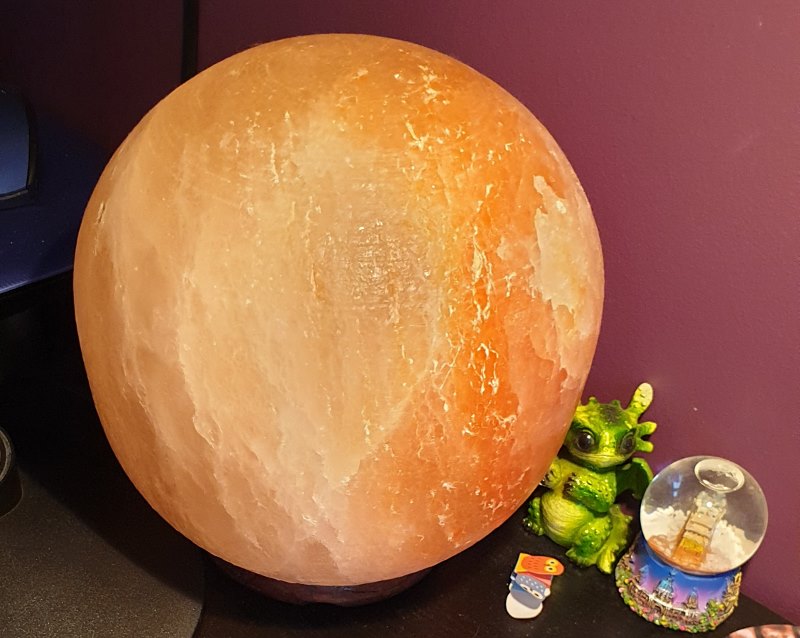
Because there are too many spices to cover in detail in a single post, I’ve had to narrow down the field. I’ve done this by limiting the list to those that are both:
- available in Sainsbury’s supermarket,and;
- are things that I’ve actually heard of.
These are also only individual spices, no blends or mixes.
Additionally, I’ve had to remove spices that are used in the form of seeds, like poppy and fennel. This is because there are so many of them that I’ll collect them with other seeds used for culinary purposes, in a separate post. Mustard, too, has gone with the seeds. The reason being that the mustard sauce, made from the seeds, is classed as a condiment not a spice. Mustard seeds, on their own, are classed as a spice, so they have to wait for a post on seeds.
This leaves me with 20 spices to consider, which is ample.
Asafoetida
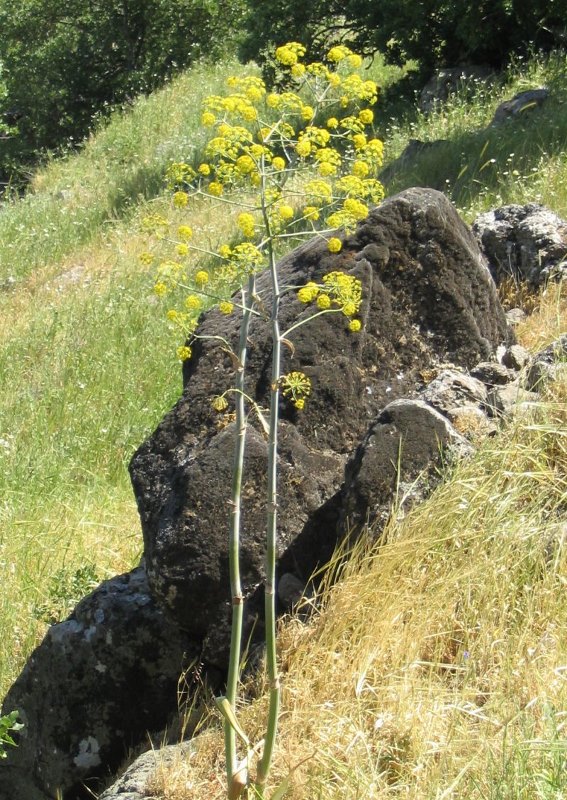
Root sap from shrubs in the Middle East.
Asafoetida comes from any plants called Ferula, which are, in essence, overgrown celery stalks that are native to the deserts of Iran and the mountains of Afghanistan.
The roots of the plants are tapped and the sap is collected and dried to a latex gum. This resin, the asafoetida, is known as ‘stinking gum’ and the smell is so strong that it has to be kept away from other spices, so as not to contaminate them. When cooked, however, it produces a flavour similar to that of leeks.
This, frankly, sounds like a lot of trouble to get something that tastes like leeks. But then leeks are so prolific around here, that they’re the national emblem of Wales…
Allspice
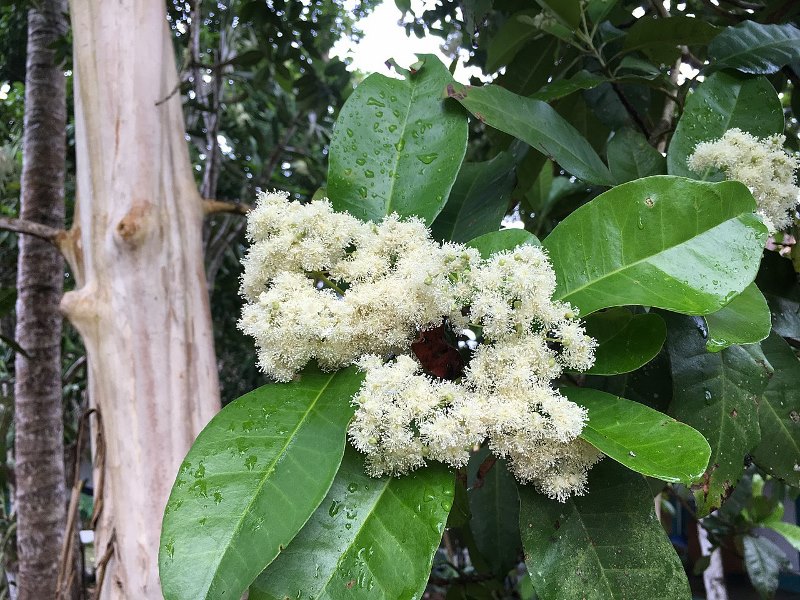
By Christian Blue – Own work, CC BY-SA 4.0, https://commons.wikimedia.org/w/index.php?curid=69852367
Unripe berries from around the Caribbean Sea.
Allspice is often confused as a spice blend. This is mainly because the English, when they came across it in 1621, thought it tasted like a mix of cinnamon, nutmug and cloves. So they called it allspice.
The spice is derived from the unripe berries of the Pimenta dioica, a mid-canopy evergreen shrub, originally found in the Caribbean, Mexico and Central America. The berries are picked and then dried in the Sun until they kinda resemble peppercorns.
Allspice is very important in Caribbean cuisine, where it is used as a part of the Jerk seasoning. It is also an important part of Mole sauce. In the UK, we use it in desserts and cakes, because we use everything in desserts and cakes!
Caraway
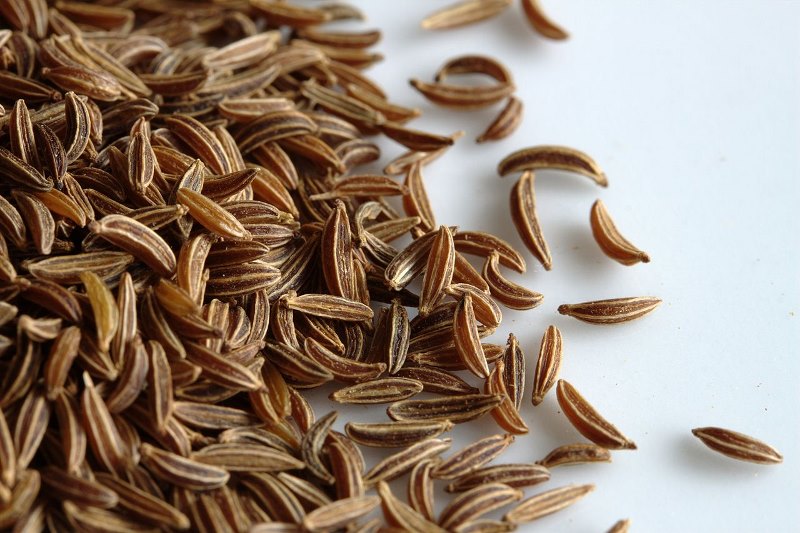
Hyped up carrot seeds from around the Mediterranean Sea.
Caraway is the fruit of the Carum carvi plant, a member of the Apiaceae family, which includes celery, carrot and parsley. The fruits of the caraway are sometimes called seeds, what with them looking like seeds, and everything.
It’s native to southern Europe, western Asia and northern Africa, where it’s variously known as both ‘cumin’ and ‘fennel’.
It has an anise, liquorice, flavour and is popular in breads, liquors and dessert products.
Cardamom
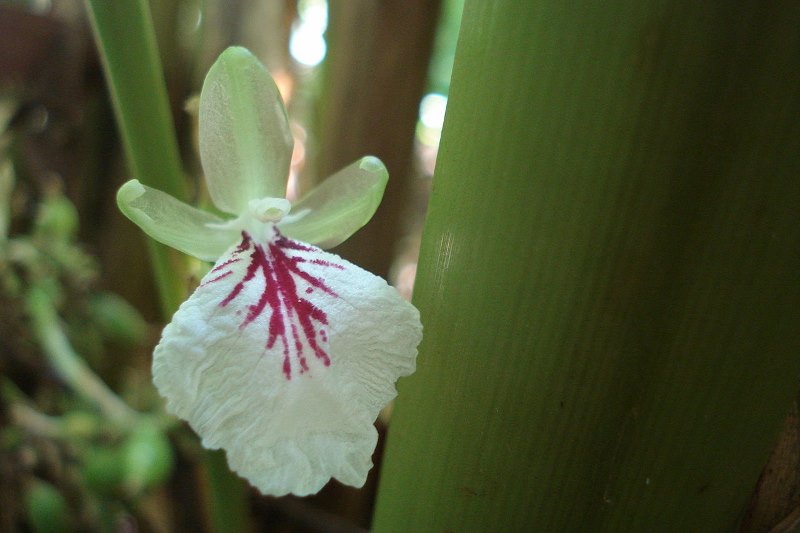
The contents of a flower’s seed pod.
Cardamom comes from the seed pods of a number of species of plants from the family Zingiberaceae. After the flowers have bloomed, and gone over, the seed pods grow in their place.
Cardamom is common throughout both tropical and subtropical Asia. Its earliest references go back thousands of years, to the writings of Sumeria and India. Cardamom is one of the most important, and third most expensive, spice in the World.
Cardamon is a very important flavour in Indian cuisine. Throughout Asia, the spice is extensively used in both sweet and savoury dishes.
Chilli
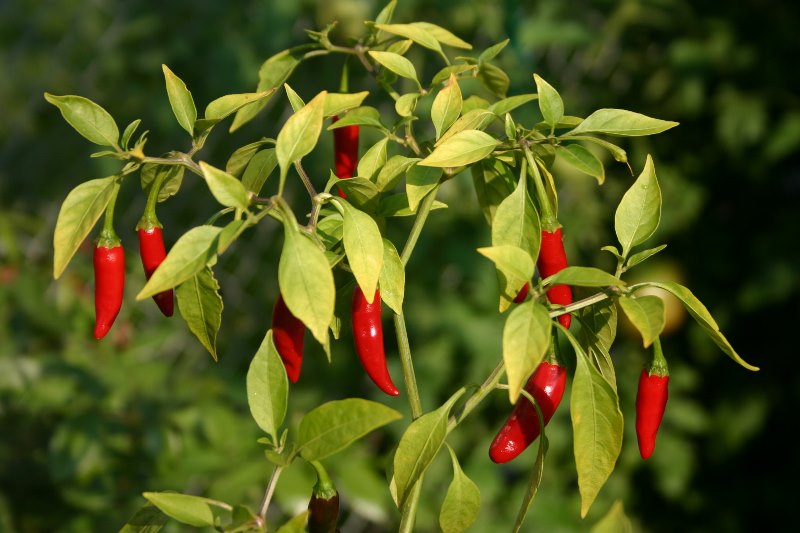
Daniel Risacher [CC BY-SA 3.0 (http://creativecommons.org/licenses/by-sa/3.0/)]
Chillies, along with Cayenne pepper and Paprika, are all variations on a theme. Capsicum (bell peppers) have been selectively bred to remove the natural sweetness of the fruit and replace it with heat. Quite why anyone would want to do this, is beyond me…
Chillies originated in Mexico and have been extensively used throughout the tropical areas of the Americas for nearly ten thousand years. One of the first starring roles of chillies was ruining chocolate, when the Mayans added it to their Cacao.
Anyway, these days chilli is pretty much used the World over, by people who hate their taste buds! You do know it’s part of the nightshade family, right?!
Cinnamon
Tree bark…
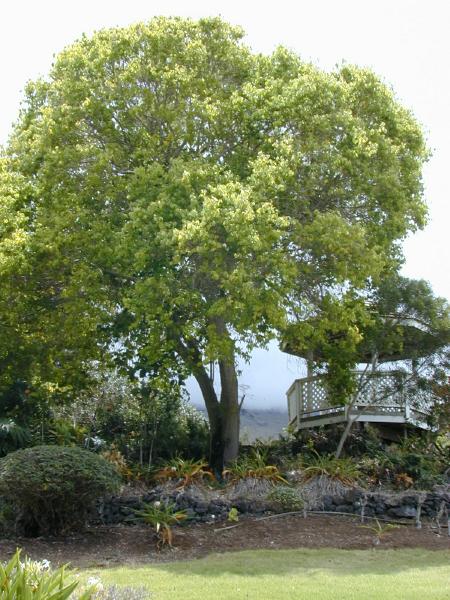
Cinnamon is the inner bark of the trees from the, aptly named, Cinnamomum genus. Some argue that only Cinnamomum verum can be used for what can be considered ‘true cinnamon’. Most, however, disagree and accept the bark of any member of the Cassia family as cinnamon.
The home of cinnamon trees was a closely guarded secret for centuries, by those involved in the spice trade. It turns out that ‘true cinnamon’ grows all over the Indian subcontinent and Cassia cinnamon grows in any warm parts of Asia. That’s some secret keeping!
Cinnamon is so popular and heavily used the World over, that it has become it’s own colour, in the colour charts. The ‘cinnamon’ colour is a somewhat dull mid-brown hue, and nothing to write home about. Which is a shame, because the flavour is amazing.
Cloves
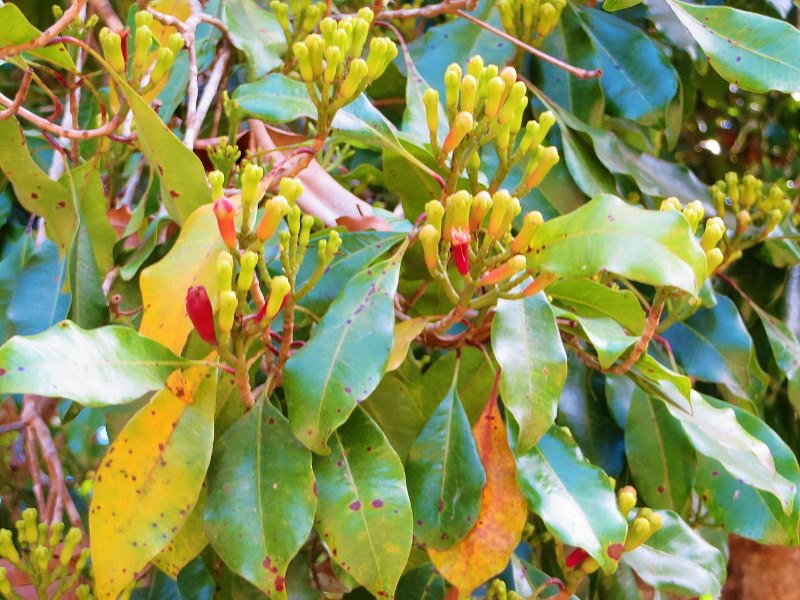
By Prof. Chen Hualin – Own work. https://commons.wikimedia.org /w/index.php?curid=45497337
Dried flower buds.
Cloves are the flower buds of the Syzygium aromaticum tree, a member of Myrtaceae family, which also includes Myrtle. The tree is evergreen and grows to around ten meters tall.
Cloves were originally native to the Maluku Islands (or Moluccas) in Indonesia, but are now grown all over the World. This allows a constant supply of cloves, as there are always trees flowering, somewhere around the World.
The ‘clove trees’ have crimson flowers grouped in terminal clusters. The flower buds initially have a pale hue, gradually turn green, then transition to a bright red when ready for harvest. Cloves are harvested when they reach 1.5–2.0 cm long.
Coriander
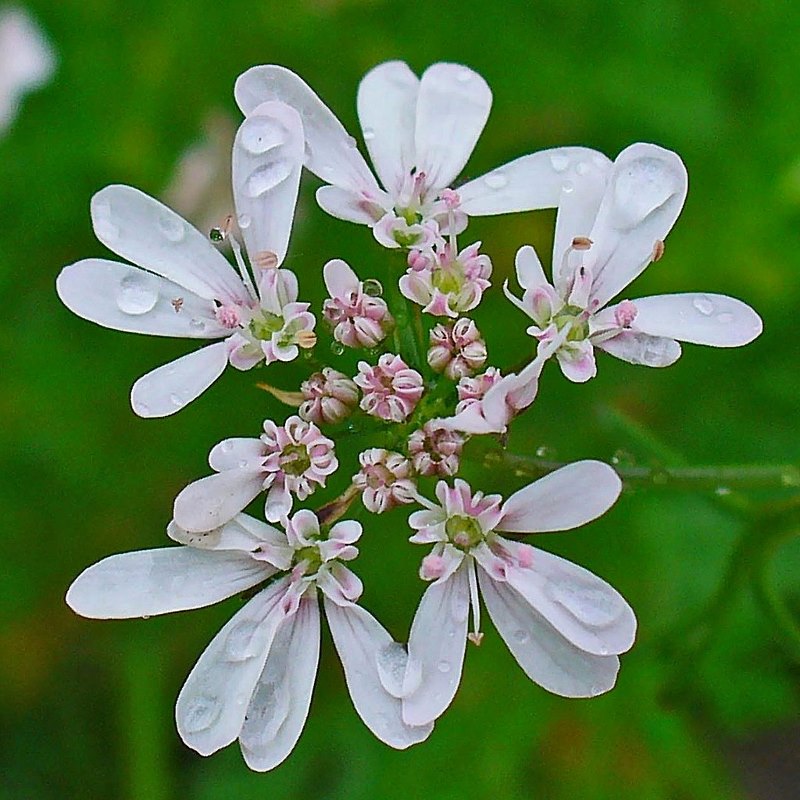
H. Zell [CC BY-SA 3.0 (https://creativecommons.org/licenses /by-sa/3.0)]
Coriander is an annual herb that is also known as Chinese parsley and cilantro. All parts of the plant are edible, with the leaves being used as a herb and the fruits (seeds) as a spice. The spice is also sold in a powder form, which is simply ground coriander seeds, but this quickly loses its flavour.
Coriander is native to Iran but, much like Caraway, grows all over Southern Europe, Western Asia and Northern Africa.
Most people describe the taste of coriander leaves as tart and lemony. However, for around 10% of people, coriander leaves taste like bath soap. Despite this, Coriander is used in cuisines all over the World. It’s also one of the ‘secret’ ingredients in Coca Cola…
Cumin
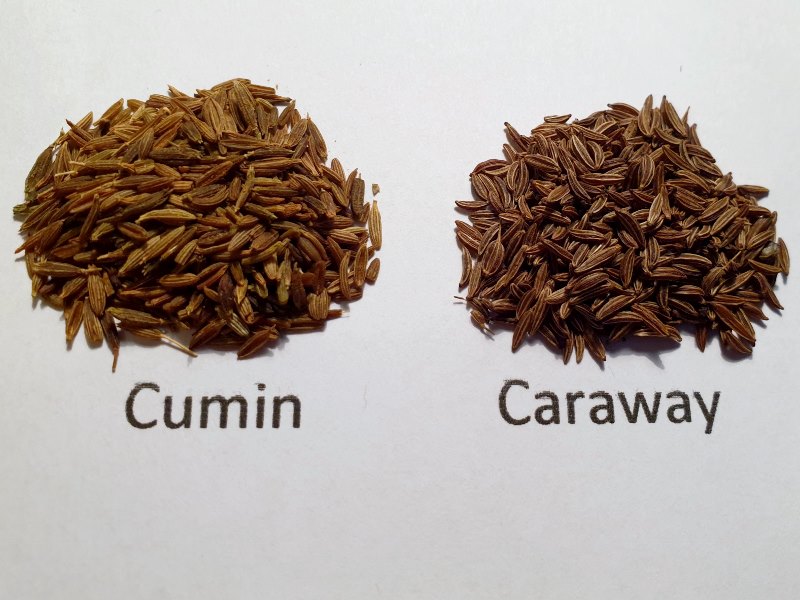
More pretentious parsley seeds, this time from the Middle East.
Cumin, like coriander and caraway, is another member of the Apiaceae family. In fact, it bears a striking resemblance to caraway.
Cumin is thought to have originated in the Levant and has been used as a spice for many thousands of years. While it is similar to caraway, it is hotter, on the palette, and, as such, is used in mixes like curry powder and garam masala.
These days, India produces 70% of the World’s cumin, and consumes 90% of this production. This means that India uses at least 63% of all the World’s cumin.
Ginger
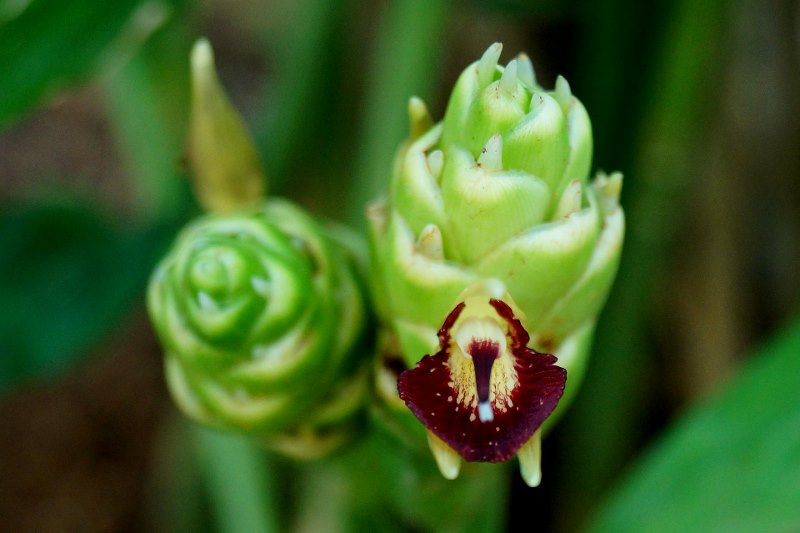
By SKsiddhartthan – Own work, CC BY-SA 4.0, https://commons.wikimedia.org/w/index.php?curid=74860813
The root of a rather pretty flower.
Ginger is a cultigen, which means that whatever plant it originated from, before man started selectively breeding it, no longer exists. It’s kinda like a GMO but back before anyone knew about genetics… or internet hysteria…
Ginger originated in the islands of south east Asia, and was most likely first domesticated by the Austronesian peoples there. It is part of the Zingiberaceae family, along with tumeric.
Ginger has a wide range of both culinary and medicinal uses. More than 3 million tonnes of ginger is produced each year, which gives some idea of how popular it is.
Horseradish
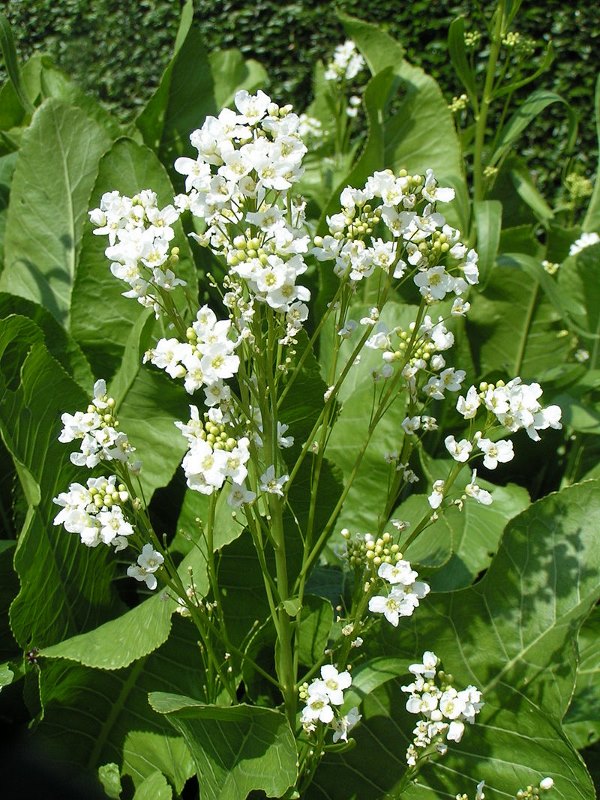
The root of an overrated cabbage.
Horseradish is part of the Brassicaceae, which includes mustard and wasabi. Indeed, in a great many restaurants, horseradish is used in place of the much more expensive wasabi.
It was originally native to south east Europe and western Asia but, as it grows pretty well anywhere, it’s now grown pretty well everywhere.
When the horseradish root is in one piece, it largely lacks in smell. It’s only when you start cutting and slicing it that it starts producing things like allyl isothiocyanate, which is an irritant to the mucous membranes of the sinuses and eyes. Sounds delicious!
Juniper
The very confused cone of a conifer.
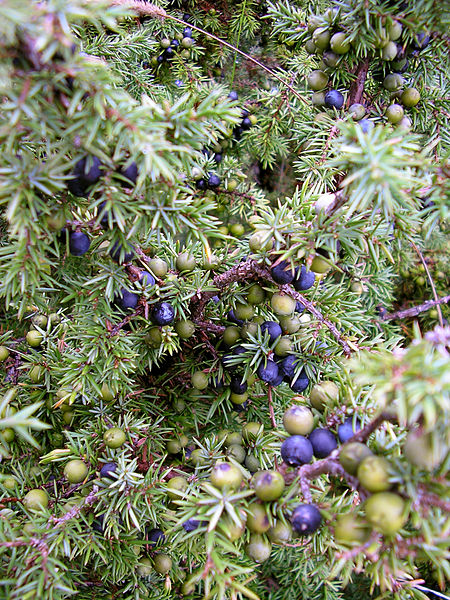
Juniper is often called a berry but it’s actually the female seed cone of a number of types of juniper trees. Unlike the more familiar pine cone, the juniper cone is unusually fleshy and has merged scales, which give it a berry-like appearance.
Not all juniper berries are edible, with many species considered too bitter for consumption. Indeed, other species, like Juniperus sabina, are toxic and should not be consumed. With this in mind, the consumption of juniper is considered to have a number of side effects, which should be considered, if pregnant or breastfeeding.
Juniper is most popular in Europe, in particular, Scandinavia, at least in terms of uses with food. As the flavouring of gin, it is popular to a far wider audience.
Mace
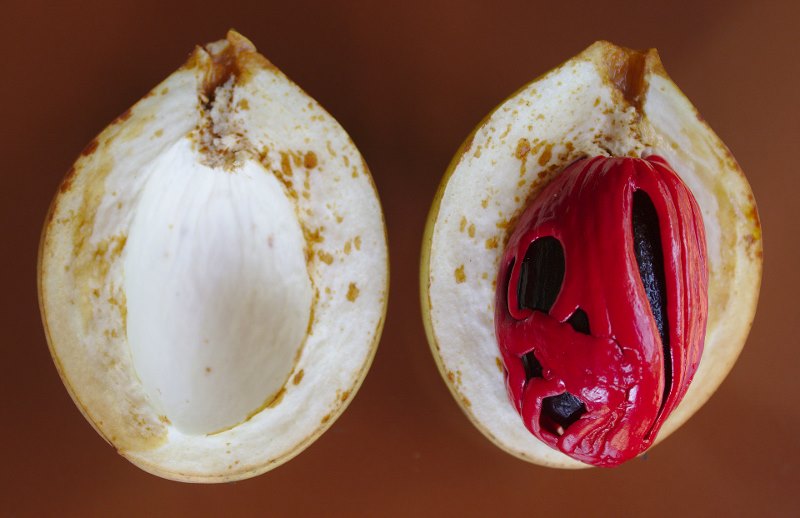
By Slashme – Own work, CC BY-SA 4.0, https://commons.wikimedia.org/w/index.php?curid=47139889
A nutmeg’s snazzy waistcoat.
Mace is an example of an aril. An aril is a layer that grows around a seed, in this case the nutmeg. Arils are thought to be an edible encouragement to birds and animals, who then inadvertently eat the seed, along with the aril, and disperse the seed. This doesn’t really work in the case of mace, because it’s stuck inside the fruit, with the nutmeg.
The mace starts off this bright red colour but is then dried for a couple of weeks. At the end of the drying process, it has become a much paler yellow, orange or tan.
As you might expect, mace tastes a lot like nutmeg, but is considered to be more delicate. It has a wide variety of culinary uses, from baked goods to meats and fish to preserving and pickling.
Nutmeg
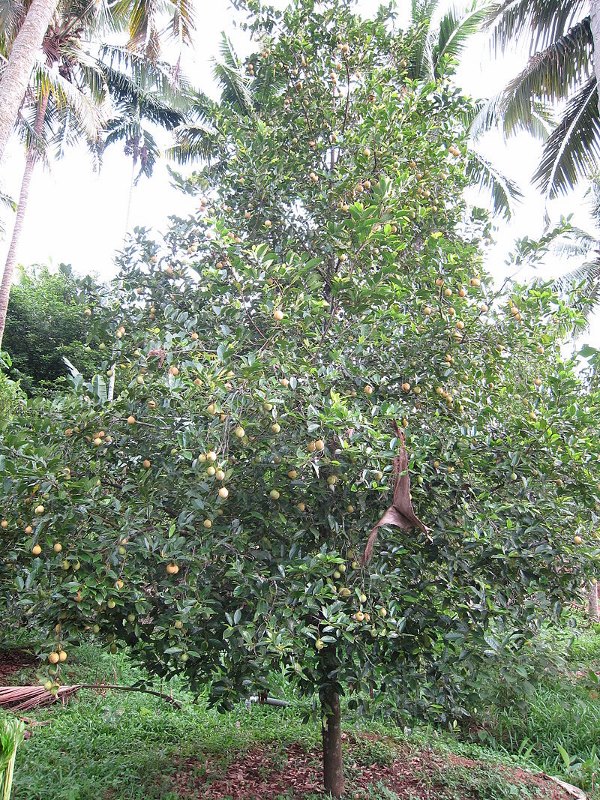
Not a nut, but a seed. And not from a plant called Meg, either.
Nutmeg is the seed from the fruit of a number of species of the genus Myristica. ‘True’ or ‘Fragrant’ Nutmeg, however, only comes from the evergreen Myristica fragrans.
True nutmeg originated in the Moluccas; the, aptly named, Spice Islands of Indonesia. It is now widely grown across the tropics of Asia, the Indian subcontinent and the Americas.
The flavour of Nutmeg is described as warm and fragrant. My favourite use for the spice is in baked goods and desserts, although it can be used in other ways too. But not too much because, if consumed in excess, nutmeg powder can lead to allergic reactions, cause contact dermatitis, or have psychoactive effects.
Pepper
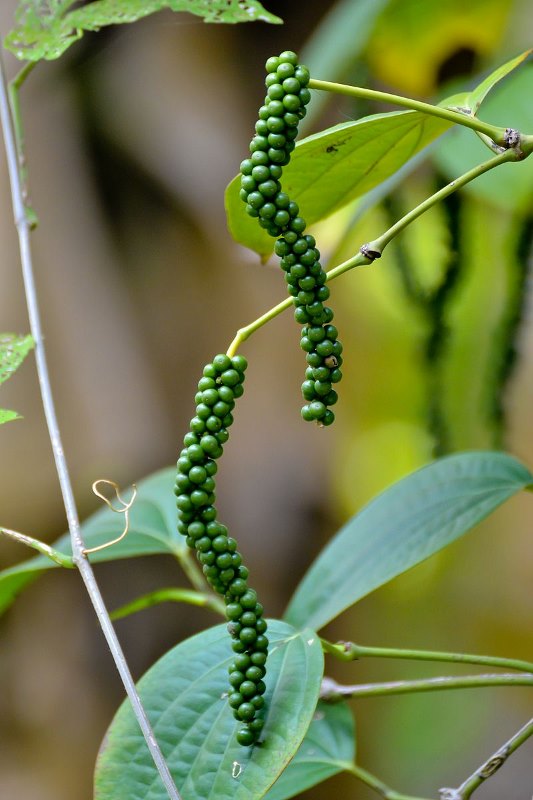
By K Hari Krishnan – Own work, CC BY-SA 3.0, https://commons.wikimedia.org /w/index.php?curid=24927667
The fruit of a flowering vine.
Pepper actually comes in an increasing number of colours, although it is black pepper that remains the most traded spice in the World. Black pepper is unripe fruit that has been cooked and dried. Green pepper is unripe fruit that has just been dried. White pepper is ripe fruit. Pink pepper, while peppery, is not actually a pepper at all.
While pepper originated in southwestern India, these days it is Vietnam which is the biggest producer and exporter. It is also grown in a wide variety of other tropical locations.
Pepper is one of the most commonly used spices, the World over, and has been used since records began. Despite the confusing aspects of the names, these peppercorns are completely unrelated to the chilli peppers mentioned above.
Saffron
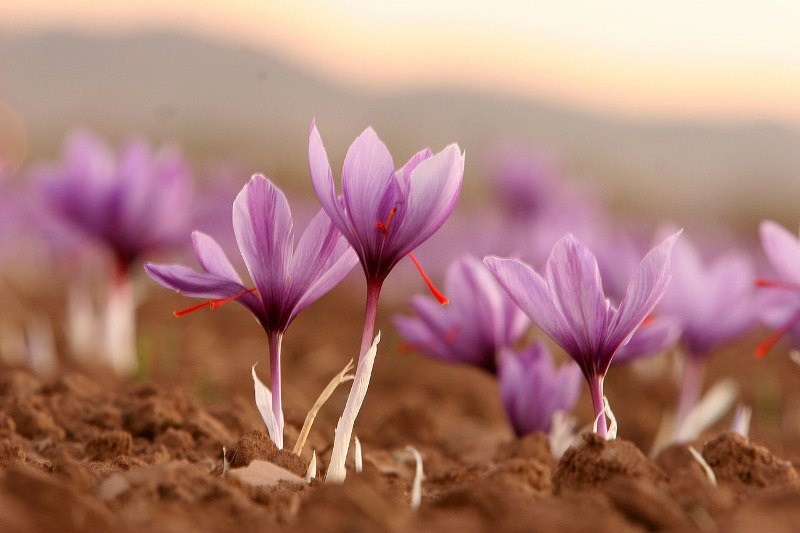
By Safa.daneshvar – Own work, CC BY-SA 3.0, https://commons.wikimedia.org/w/index.php?curid=31281822
The naughty bits of a crocus.
Saffron is the most expensive spice in the World, by weight. Mainly because each flower only produces three saffron threads, and they have to be removed by hand. No effective method of automating the process has yet been devised.
There is some doubt as to where saffron originated. Contenders include Iran, Greece and Mesopotamia. Not that it really matters now, as it’s now grown on every continent with the exception of Antarctica.
You can tell the stuff is expensive, from this direct quote from the Wikipedia page, “Saffron’s aroma is often described by connoisseurs as reminiscent of metallic honey with grassy or hay-like notes“. When things get that pretentious, you know money is involved!
Star Anise
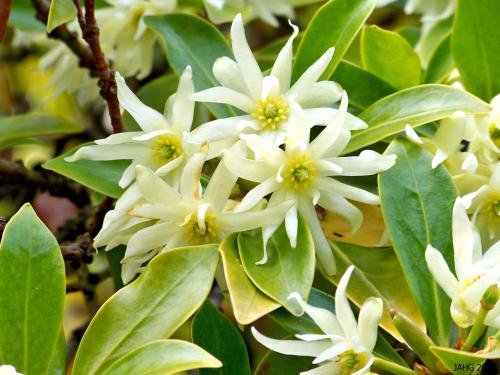
Liquorice flavouring in a fancy design.
Star Anise is the seeds in the star shaped fruit pod of the evergreen tree, Illicium verum. 90% of the World’s crop of star anise goes towards the production of oseltamivir (Tamiflu), an antiviral medication.
The star anise that is used for culinary purposes, is for its Anise flavouring… hence the name. As well as being popular in Asian cuisines, and a part of the Chinese five-spice powder, it is also used to make the liqueur, Galliano.
The star anise tree is native to north east Vietnam and south west China. There is also a Japanese star anise tree, which looks very similar, but is highly toxic. Likewise the swamp star anise of the southern United States.
Sumac
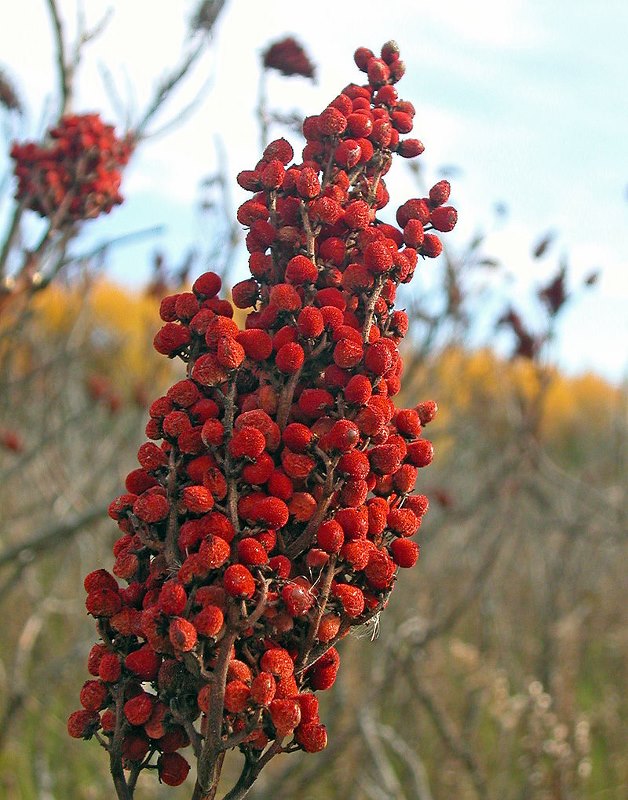
Ground up embarrassment berries.
Sumac literally means, ‘red shift’ or ‘turning red’. The spice is formed from the berries of a number of shrubs in the Anacardiaceae family. This family also includes cashews, mangos and, somewhat unexpectedly, poison ivy.
While sumac is an important spice in the Middle East, it actually grows well in any sub tropical and temperate region. As such, it’s pretty widespread in east Asia, north Africa and North America.
Sumac has a tart and lemony flavour and is widely used for meat and in salads in virtually every culture of the Middle East. In North America, the Native Americans use it to make the drink ‘Sumac-ade’, or ‘Rhus Juice’. They also smoke it with tobacco.
Tumeric
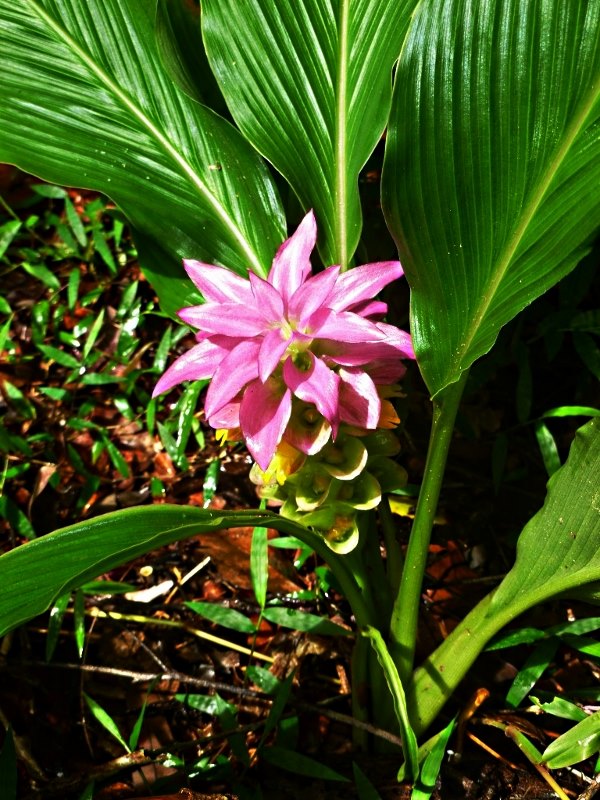
By John Hill – Own work, CC BY-SA 4.0, https://commons.wikimedia.org/w/index.php?curid=34694646
A toned down version of ginger that stains everything it touches.
Tumeric is the root of a flowering plant in the Zingiberaceae family. It is native to the Indian subcontinent and south east Asia. To grow well, it needs temperatures of between 20° and 30°C (68 and 86 °F), as well as a lot of rain.
While it does not make a good fabric dye, as it is not colour fast, tumeric is still widely used for clothing in India. Where it is more successful as a dye, is in food, where it has its very own ‘E’ Number – E100.
Tumeric is also widely considered to have medicinal properties, including in the fight against cancer. Sadly, as yet, these have remained unproven in clinical trials.
Vanilla
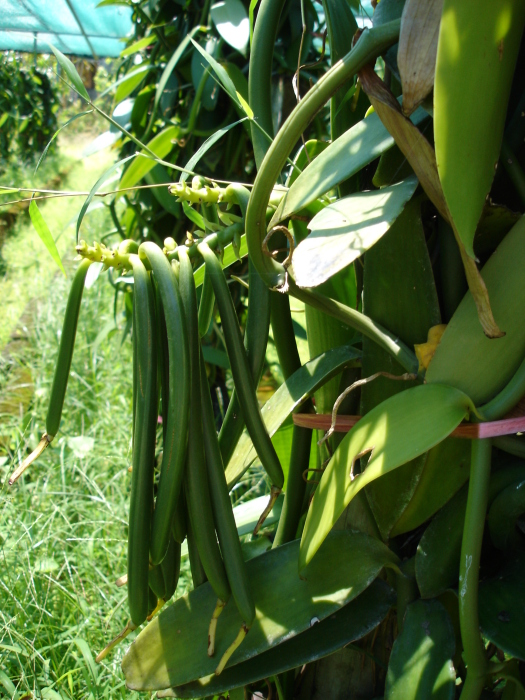
Orchid beans.
Vanilla, as you would expect, coming from an orchid, is expensive. It fact, by weight, it’s the second most expensive spice in the World, after saffron. Part of the reason for this is that, to get the vanilla beans, the flowers have to be hand pollinated, which is highly labour intensive.
Vanilla originated in Mexico, meaning that the Mesoamerican peoples of the region had both vanilla and chocolate. From a dessert point of view, this is clearly the place to be.
Vanilla is regarded as the World’s most popular aroma and flavour. Consequently, it’s heavily used in food, cosmetics and aromatherapy. Vanilla is also known to be a flavour enhancer, which is why it’s also added to so many products of other flavours, like chocolate ice cream. I do like Vanilla.
That is a pretty impressive variety of spices; and derived from so many parts of the plants involved. Roots, bark, flowers, seeds, cones, nuts… nothing is safe.
I do wonder, though, how some of these became spices. Asafoetida, for example, is known locally as “Devil’s Dung”. Who found that and decided, “Wow, that stinks; I’d better stir some in my food”?
And Horseradish! Someone dug that up and realised that their eyes and nose were burning. How do you go from that to, “Hey, this would be great to add to my food”?
Still, despite these oddities; spices are amazing and I’m glad they’re around. They make food, in particular baked goods, that much more enjoyable.
